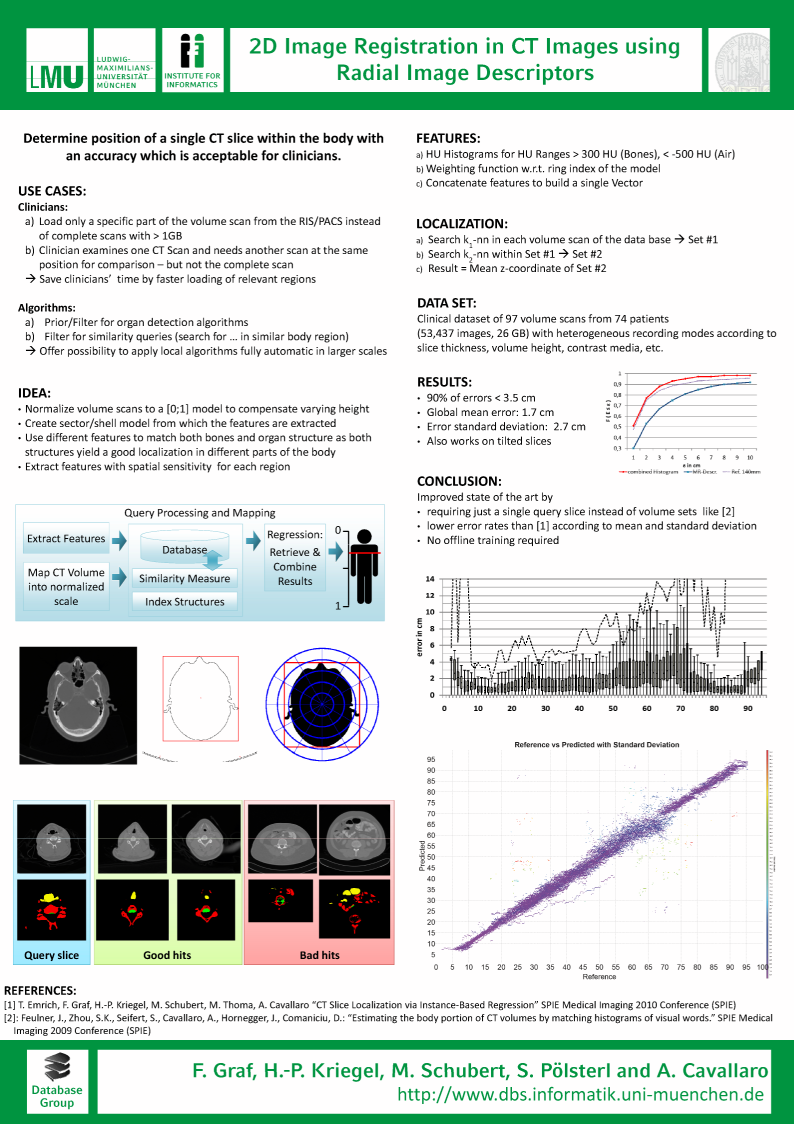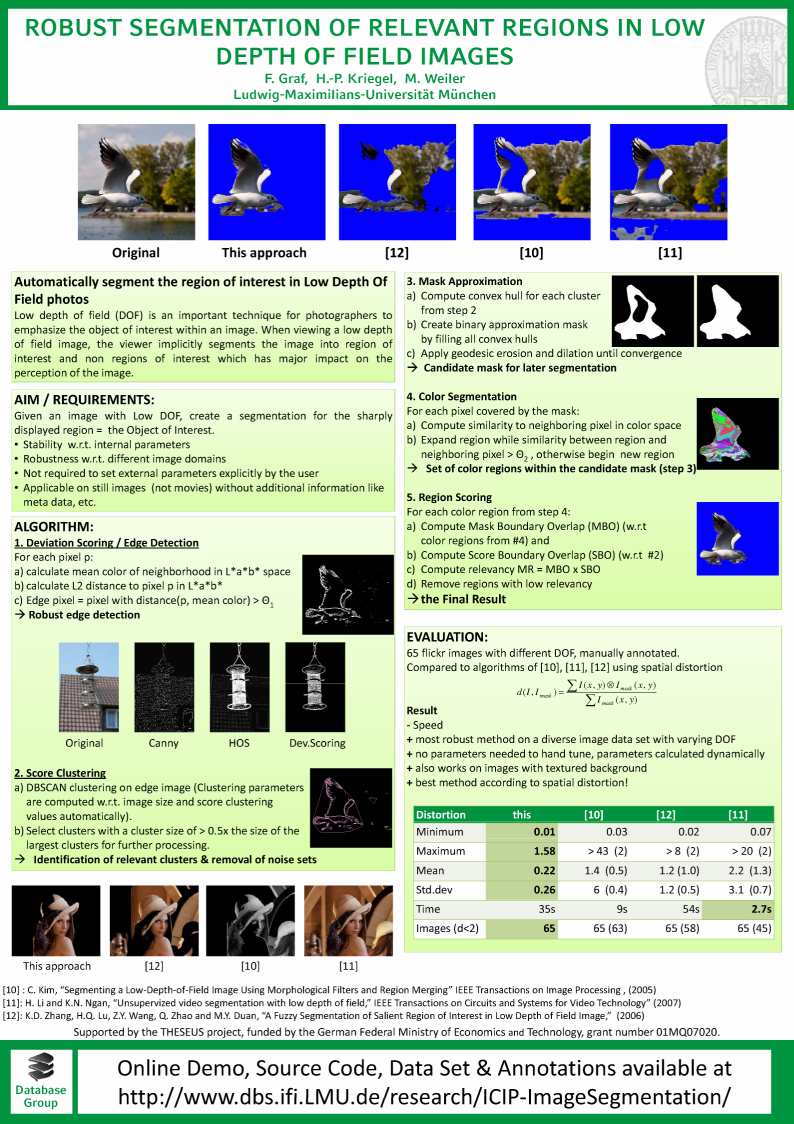The idea is the following: Finding the shortest/fastes path from A to B is rather exploited. But if you start a hike, knowing that you want to spend 4 hours and then come back to the starting point. Then the problem suddenly starts to become a bit complex (NP-hard to be honest if you do not add any constraints).
We propose a solution to do this kind of search a bit more efficient. but don’t expect linear search time 😉 And – in contrast to quite some other research – we are operating on REAL data obtained from OpenStreetMap.
Abstract:
Searching for optimal ways in a network is an important task in multiple application areas such as social networks, co-citation graphs or road networks. In the majority of applications, each edge in a network is associated with a certain cost and an optimal way minimizes the cost while fulfilling a certain property, e.g connecting a start and a destination node. In this paper, we want to extend pure cost networks to so-called cost-gain networks. In this type of network, each edge is additionally associated with a certain gain. Thus, a way having a certain cost additionally provides a certain gain. In the following, we will discuss the problem of finding ways providing maximal gain while costing less than a certain budget. An application for this type of problem is the round trip problem of a traveler: Given a certain amount of time, which is the best round trip traversing the most scenic landscape or visiting the most important sights? In the following, we distinguish two cases of the problem. The first does not control any redundant edges and the second allows a more sophisticated handling of edges occurring more than once. To answer the maximum round trip queries on a given graph data set, we propose unidirectional and bidirectional search algorithms. Both types of algorithms are tested for the use case named above on real world spatial networks.
Documents
At our project site you can find:
Bibtex
@TECHREPORT{GraKriSchu11,
AUTHOR = {F. Graf and H.-P. Kriegel and M. Schubert},
TITLE = {Maximum Gain Round Trips with Cost Constraints},
INSTITUTION = {Institute for Informatics, Ludwig-Maximilians-University, Munich, Germany},
YEAR = {2011},
LINK = {http://arxiv.org/abs/1105.0830v1}
}

